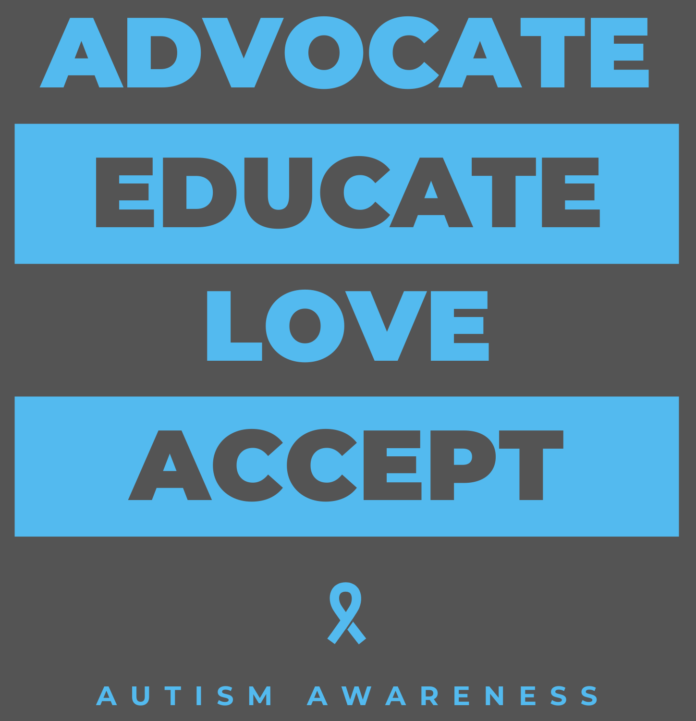Roughly 1 in 36 8-year-olds in the United States has autism, according to 2020 prevalence data released today by the Centers for Disease Control and Prevention (CDC). This figure represents a nearly 20 percent increase over the agency’s 2018 estimate of 1 in 44 and continues a decades-long trend that likely reflects increased awareness and identification rather than an actual rise, the researchers say.
“The prevalence increases we’re seeing in the U.S. are mirrored in other countries to some extent as well,” says Katharine Zuckerman, associate professor of pediatrics at Oregon Health & Science University in Portland, who was not involved in the research. “This is a good sign that the pretty significant efforts that pediatricians and public health people and communities are doing towards improving awareness, reducing stigma, improving screening and referring at-risk kids to services” are working, she adds.
The latest estimate comes from the CDC’s Autism and Developmental Disabilities Monitoring (ADDM) Network, which compiled data from health and special-education records for 226,339 children in 11 states.
Autism is 3.8 times more prevalent in boys than in girls, the report shows, a narrower margin than the 4.2-to-1 ratio shown in the 2018 ADDM data. The prevalence among girls — 1 in 88 — reached its highest peak yet.
And for the first time, Black, Hispanic and Asian or Pacific Islander children show a higher prevalence than white children do, suggesting that some persistent racial disparities in autism identification have been eliminated.
Despite this progress, Black children with autism plus intellectual disability are still identified at significantly higher rates than those from other racial groups — suggesting that some Black children without intellectual disability are being missed.
“When you see more kids of color with intellectual disability, it makes you wonder: Where are all those kids of color who don’t have intellectual disability? Are we just not picking them up?” Zuckerman says. “There’s no reason why autism should inherently vary by race [and] ethnicity because race [and] ethnicity is a social construct. Likewise, there’s no reason why intellectual disability should inherently vary.”
The prevalence of autism among 4-year-olds has also increased, according to a companion report. It went from 1 in 59 in 2018 to 1 in 47 in 2020 — a 26 percent bump, according to ADDM data for 227,526 children across the same 11 states.
Here, too, white children were identified at lower rates than Black, Hispanic and Asian or Pacific Islander children. And autism prevalence among 4-year-old girls jumped from 1 in 130 in 2018 to 1 in 96 — surpassing 1 in 100 for the first time in ADDM history.
The prevalence for girls is similar to what it was for boys in 2002, notes Matthew Maenner, an epidemiologist and surveillance team lead for the CDC’s National Center on Birth Defects and Developmental Disabilities, who led the report about prevalence among 8-year-olds. “You could wonder if in the future we might start saying that that ratio might be changing.”
COVID-19 left its mark on these data: In the 6 months leading up to March 2020, 4-year-olds were evaluated and identified at higher rates than during the same period four years earlier, but that trend reversed when the pandemic took hold in the U.S. Identification picked back up by the end of 2020, though not to the pre-pandemic level.
“We may see another little prevalence bump in the next ADDM report as all the kids who weren’t assessed during the pandemic finally get assessed,” Zuckerman says.
Restrictions on in-person data collection may have also resulted in undercounting 8-year-olds at some sites, but the pandemic’s effects on those children is unclear, Maenner says. By age 8, most autistic children are already diagnosed and accounted for in health and school records, so fewer new identifications are happening then, adds Kelly Shaw, an epidemiologist at the National Center on Birth Defects and Developmental Disabilities, who led the report on 4-year-olds. Shaw and Maenner and their colleagues have begun estimating prevalence for 2022, which will give researchers more timepoints to flesh out these patterns.
Both new prevalence estimates likely reflect increased identification of children who have always shown signs of autism but did not access care until they were older, Zuckerman says. But disparities persist in who has access to high-quality, timely and evidence-based care, she adds. “Just identifying kids of color and low-income kids isn’t helpful if we’re not giving them high-quality services.”
It’s not clear when the rise in autism prevalence among U.S. children will level out, she says.
Maenner agrees that this future trend is hard to predict. More than a decade ago, when multiple sites in the U.S. showed a consistent autism prevalence around 1 in 100, he thought maybe these areas were coming close to capturing the actual number of autistic children, he says. “Obviously that was not the ceiling.”
Cite this article: https://doi.org/10.53053/WANR6691
Originally published on Spectrum




































